Download top and best high-quality free Honey PNG Transparent Images backgrounds available in various sizes. To view the full PNG size resolution click on any of the below image thumbnail.
License Info: Creative Commons 4.0 BY-NC
Honey is a sweet, viscous food material produced by honey bees and similar insects like stingless bees. By regurgitation, enzymatic activity, and water evaporation, bees make honey from the sugary secretions of plants (floral nectar) or secretions of other insects (honeydew). Honey bees keep their honey in wax structures known as honeycombs, while stingless bees keep their honey in wax and resin pots. Due to its widespread commercial production and human use, honey produced by honey bees (genus Apis) is the most well-known. Beekeeping, or apiculture, collects honey from wild bee colonies or hives of domesticated bees (meliponiculture in the case of stingless bees).
Honey’s sweetness comes from the monosaccharides fructose and glucose, and it’s roughly as sweet as sucrose (table sugar). Honey offers about 190 kilojoules (46 kilocalories) of dietary energy in 15 millilitres (1 US tablespoon). When used as a sweetener, it offers appealing chemical characteristics for baking and a unique taste. Honey does not grow most germs, thus sealed honey does not deteriorate, even after thousands of years.
Honey from various flower sources in France, with apparent colour and texture variances
Honey consumption and production have a long and illustrious history as a traditional practise. Humans foraging for honey are seen in several cave paintings in Spain’s Cuevas de la Araa dating back at least 8,000 years. Mayans have been practising large-scale meliponiculture since pre-Columbian times.
Honey is made by bees who collect nectar and honeydew to utilise as sugars to boost muscle metabolism during foraging or to be stored as a long-term food supply. Part of the nectar gathered by bees is used to maintain metabolic activity of flying muscles while foraging, with the bulk of nectar collected destined for regurgitation, digestion, and storage as honey. Adult and larvae bees use stored honey as food in cold weather or when other food sources are low.
A foraging bee gathers sugar-rich floral nectar as it leaves the hive, sucking it via its proboscis and depositing it in its proventriculus (honey stomach or crop), which is dorsal to its food stomach. The honey stomach of Apis mellifera stores around 40 mg of nectar, or nearly half of the bee’s unloaded weight, and it can take over a thousand blooms and more than an hour to fill. The nectar usually has a water content of 70 to 80 percent when it is first made. To begin breaking down the carbohydrates, salivary enzymes and proteins from the bee’s hypopharyngeal gland are added to the nectar, slightly increasing the water content. Returning to the hive, the forager bees regurgitate and transmit nectar to the hive bees. The hive bees then consume and regurgitate the nectar using their honey stomachs, frequently creating bubbles between their mandibles until it is half digested. The bubbles generate a high surface area per volume, and evaporation removes some of the water. The digestive enzymes of bees hydrolyze sucrose, converting it to a combination of glucose and fructose, as well as breaking down other carbohydrates and proteins, raising the acidity.
The bees work together for up to 20 minutes with regurgitation and digestion, transferring the nectar from one bee to the next until it reaches storage quality in the honeycombs. It is then placed in honeycomb cells and left open while still high in water content (approximately 50 to 70%) and natural yeasts that, if left unchecked, would ferment the sugars in the freshly produced honey. The hive bees constantly regulate the hive temperature, either heating with their bodies or cooling with water evaporation, to maintain a fairly constant temperature of about 35 °C (95 °F) in the honey-storage areas. Bees are one of the few insects that can generate large amounts of body heat, and the hive bees constantly regulate the hive temperature, either heating with their bodies or cooling with water evaporation. As colony bees flutter their wings continually to circulate air and drain water from the honey to a content of approximately 18 percent, the sugar concentration rises over the saturation point, preventing fermentation. The cells are subsequently sealed with wax by the bees. Honey has a lengthy shelf life after being taken from the hive by a beekeeper and will not ferment if properly packed.
Download Honey PNG images transparent gallery.
- Pure Honey PNG Images HD
Resolution: 990 × 381
Size: 264 KB
Image Format: .png
Download
- Pure Honey PNG Free Image
Resolution: 1274 × 723
Size: 1238 KB
Image Format: .png
Download
- Honey PNG Image HD
Resolution: 4368 × 2912
Size: 4035 KB
Image Format: .png
Download
- Honey No Background
Resolution: 2886 × 2124
Size: 1798 KB
Image Format: .png
Download
- Pure Honey PNG Image File
Resolution: 600 × 189
Size: 45 KB
Image Format: .png
Download
- Pure Honey Background PNG
Resolution: 600 × 600
Size: 105 KB
Image Format: .png
Download
- Honey PNG Images HD
Resolution: 900 × 608
Size: 981 KB
Image Format: .png
Download
- Honey PNG Free Image
Resolution: 952 × 1350
Size: 698 KB
Image Format: .png
Download
- Honey PNG Image File
Resolution: 1500 × 2254
Size: 4011 KB
Image Format: .png
Download
- Honey Background PNG
Resolution: 600 × 621
Size: 385 KB
Image Format: .png
Download
- Honey PNG
Resolution: 990 × 934
Size: 907 KB
Image Format: .png
Download
- Pure Honey PNG Background
Resolution: 898 × 440
Size: 278 KB
Image Format: .png
Download
- Pure Honey PNG
Resolution: 1005 × 600
Size: 485 KB
Image Format: .png
Download
- Pure Honey PNG Pic
Resolution: 800 × 553
Size: 546 KB
Image Format: .png
Download
- Pure Honey PNG File
Resolution: 747 × 742
Size: 532 KB
Image Format: .png
Download
- Pure Honey PNG Image
Resolution: 597 × 410
Size: 237 KB
Image Format: .png
Download
- Honey PNG Pic
Resolution: 600 × 416
Size: 213 KB
Image Format: .png
Download
- Honey PNG File
Resolution: 900 × 801
Size: 582 KB
Image Format: .png
Download
- Pure Honey PNG Photo
Resolution: 540 × 504
Size: 210 KB
Image Format: .png
Download
- Pure Honey PNG Cutout
Resolution: 888 × 1303
Size: 1306 KB
Image Format: .png
Download
- Pure Honey PNG Images
Resolution: 726 × 592
Size: 550 KB
Image Format: .png
Download
- Honey PNG Image
Resolution: 990 × 1301
Size: 1282 KB
Image Format: .png
Download
- Pure Honey PNG Photos
Resolution: 1091 × 681
Size: 376 KB
Image Format: .png
Download
- Honey PNG Photo
Resolution: 1778 × 1185
Size: 2042 KB
Image Format: .png
Download
- Pure Honey Transparent
Resolution: 1760 × 1511
Size: 1991 KB
Image Format: .png
Download
- Honey PNG Cutout
Resolution: 990 × 849
Size: 702 KB
Image Format: .png
Download
- Honey PNG Images
Resolution: 2243 × 2316
Size: 562 KB
Image Format: .png
Download
- Honey PNG Photos
Resolution: 2336 × 1962
Size: 909 KB
Image Format: .png
Download
- Honey Transparent
Resolution: 829 × 720
Size: 330 KB
Image Format: .png
Download
- Pure Honey PNG Clipart
Resolution: 800 × 800
Size: 125 KB
Image Format: .png
Download
- Honey PNG Clipart
Resolution: 513 × 471
Size: 293 KB
Image Format: .png
Download
- Pure Honey PNG HD Image
Resolution: 600 × 359
Size: 167 KB
Image Format: .png
Download
- Pure Honey
Resolution: 1450 × 950
Size: 917 KB
Image Format: .png
Download
- Pure Honey PNG Picture
Resolution: 800 × 1483
Size: 800 KB
Image Format: .png
Download
- Pure Honey PNG Image HD
Resolution: 766 × 840
Size: 607 KB
Image Format: .png
Download
- Honey
Resolution: 950 × 950
Size: 212 KB
Image Format: .png
Download
- Honey PNG Picture
Resolution: 1536 × 1022
Size: 690 KB
Image Format: .png
Download
- Pure Honey No Background
Resolution: 1119 × 902
Size: 275 KB
Image Format: .png
Download
- Honey PNG HD Image
Resolution: 600 × 600
Size: 200 KB
Image Format: .png
Download
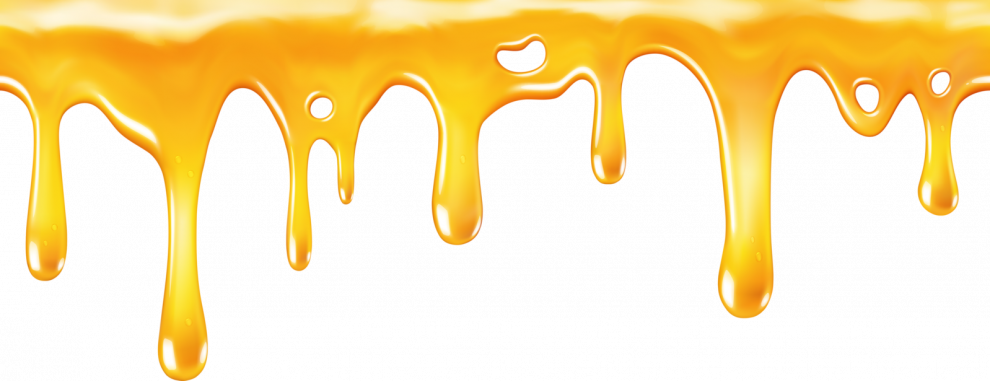
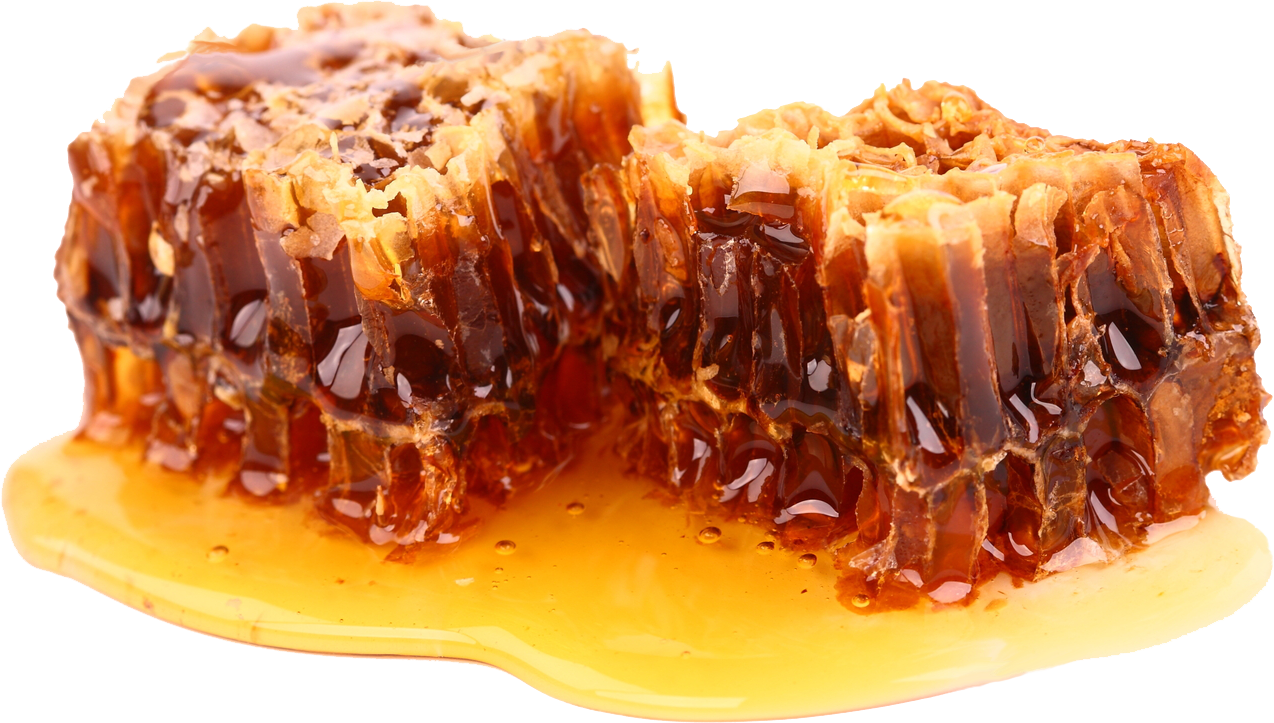
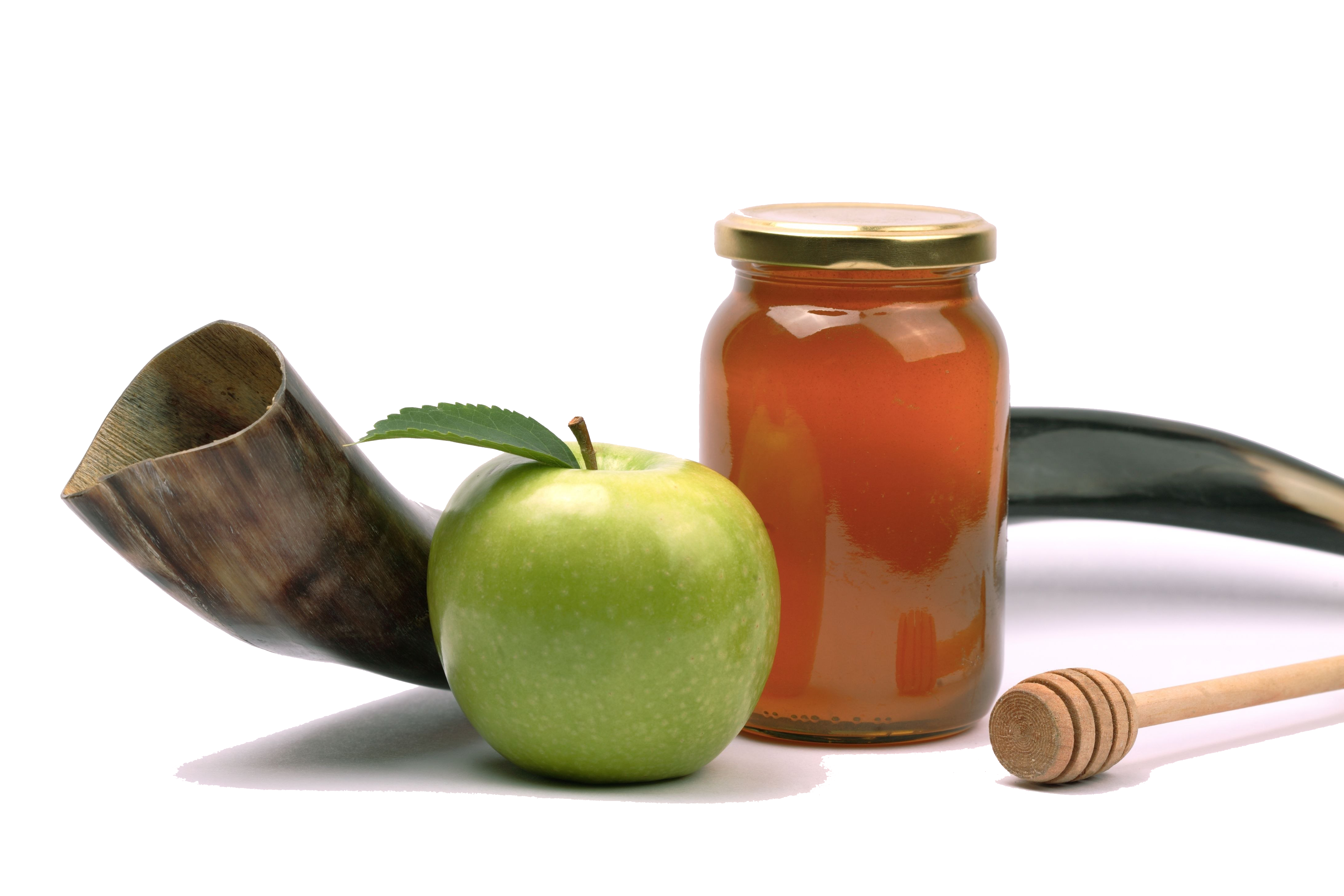
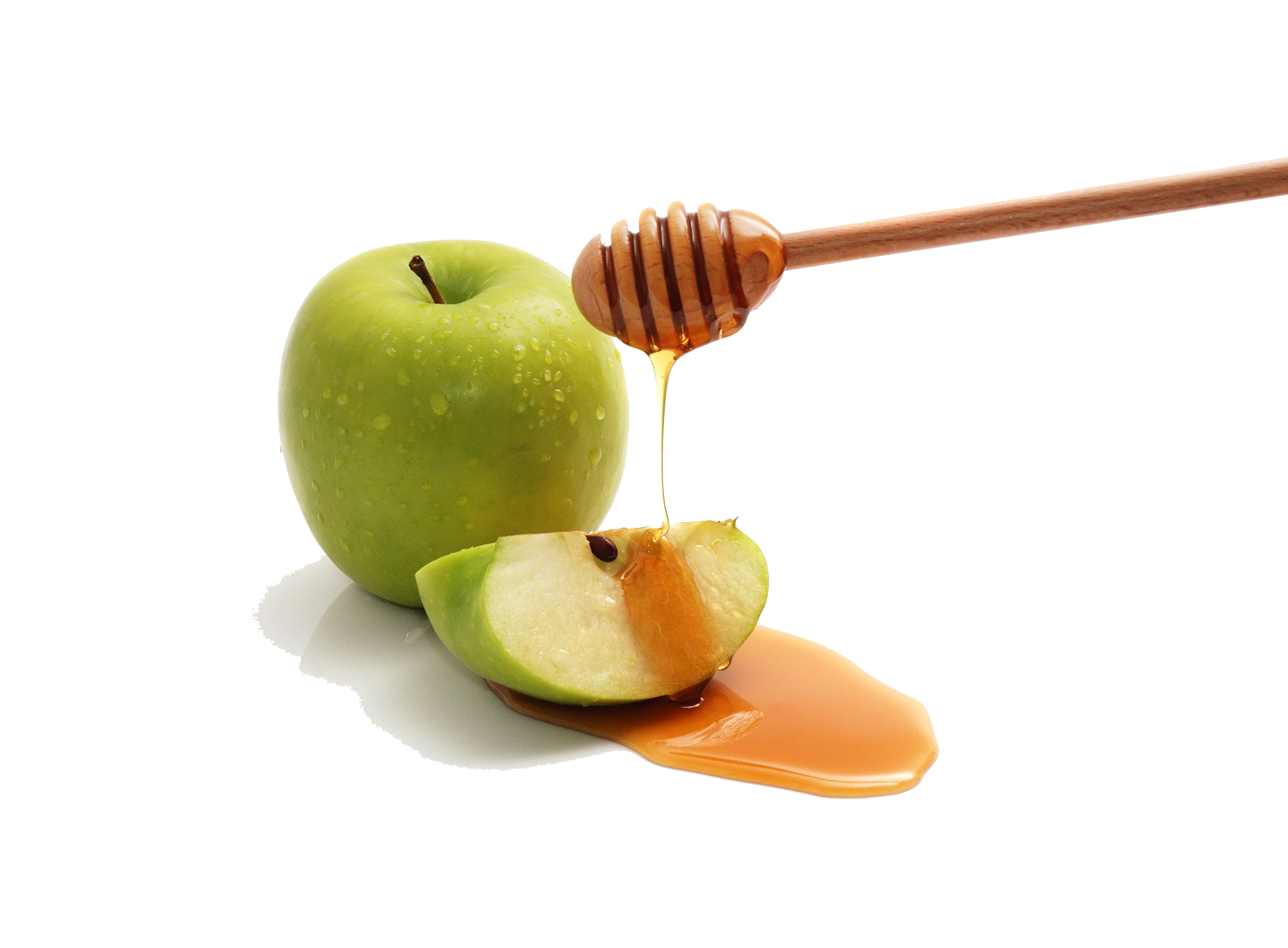

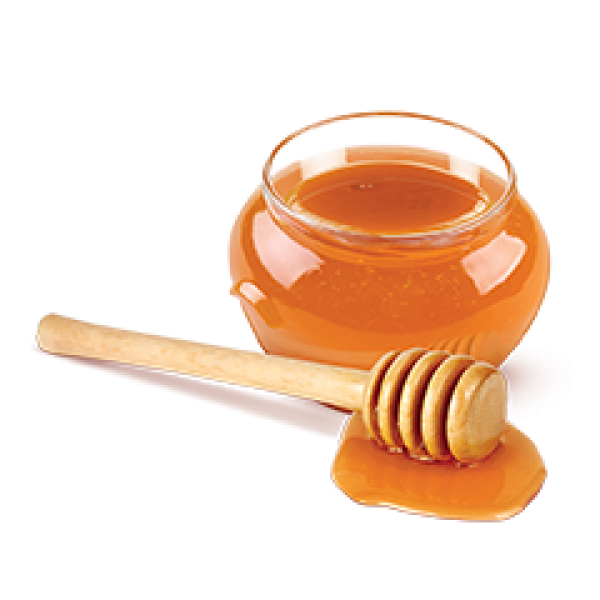
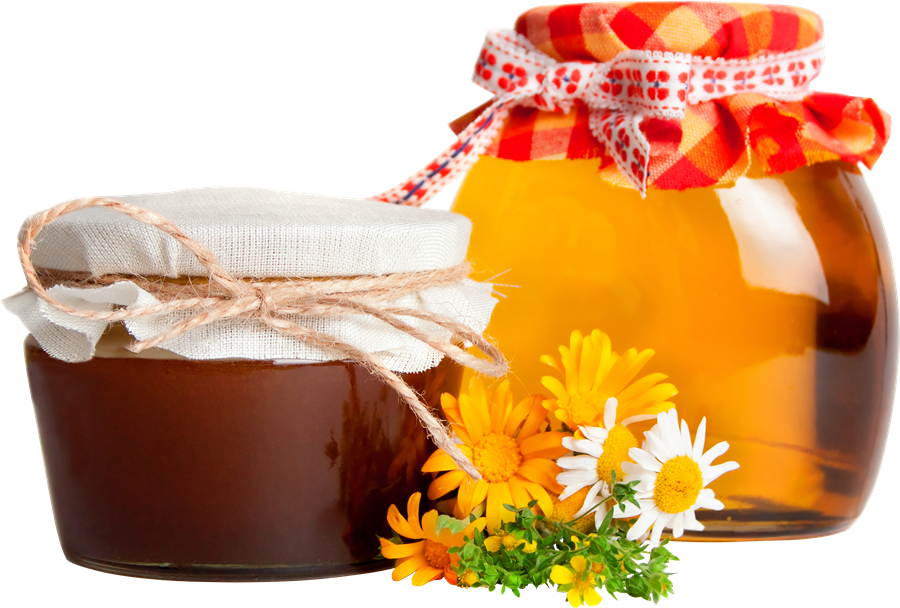
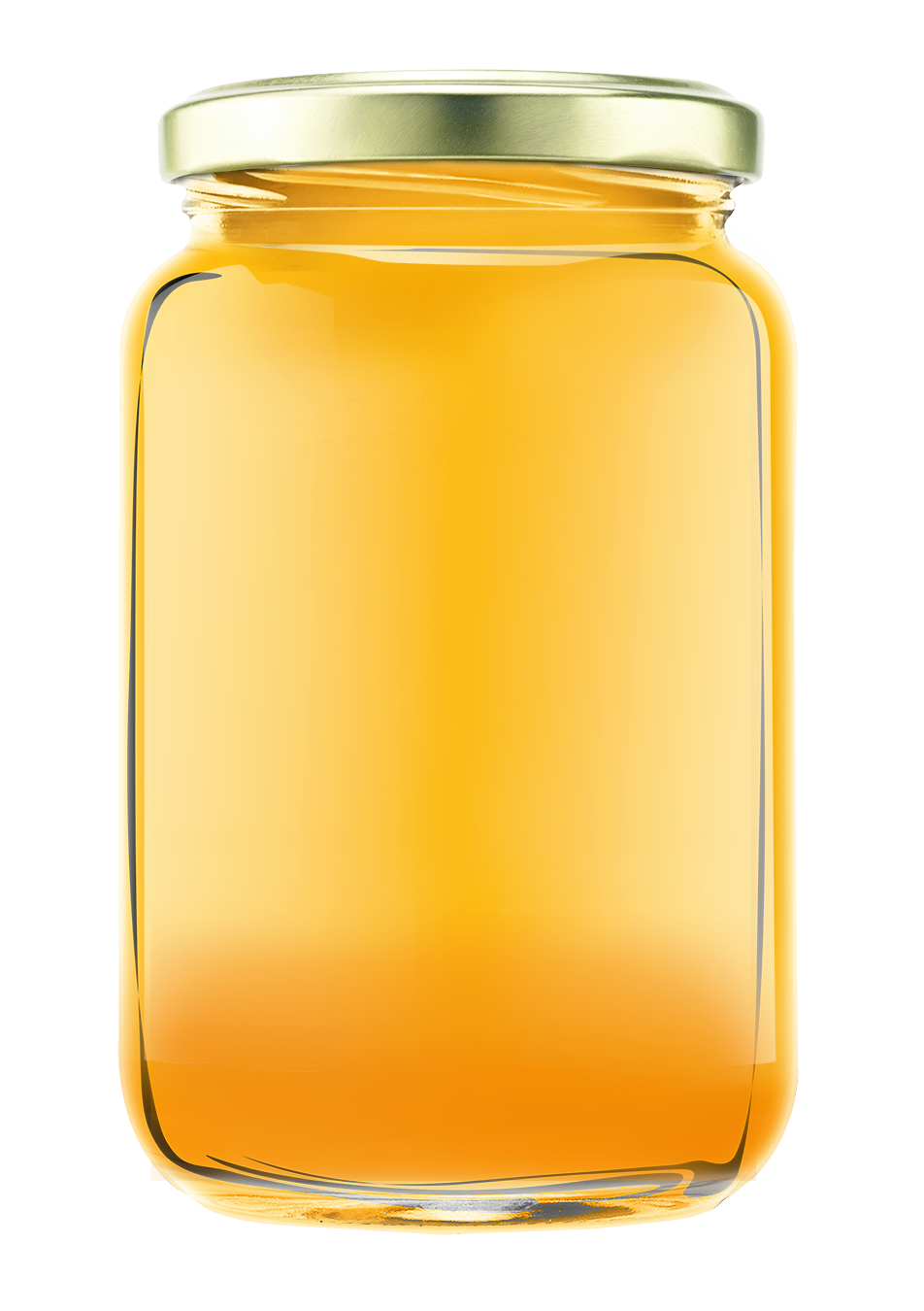
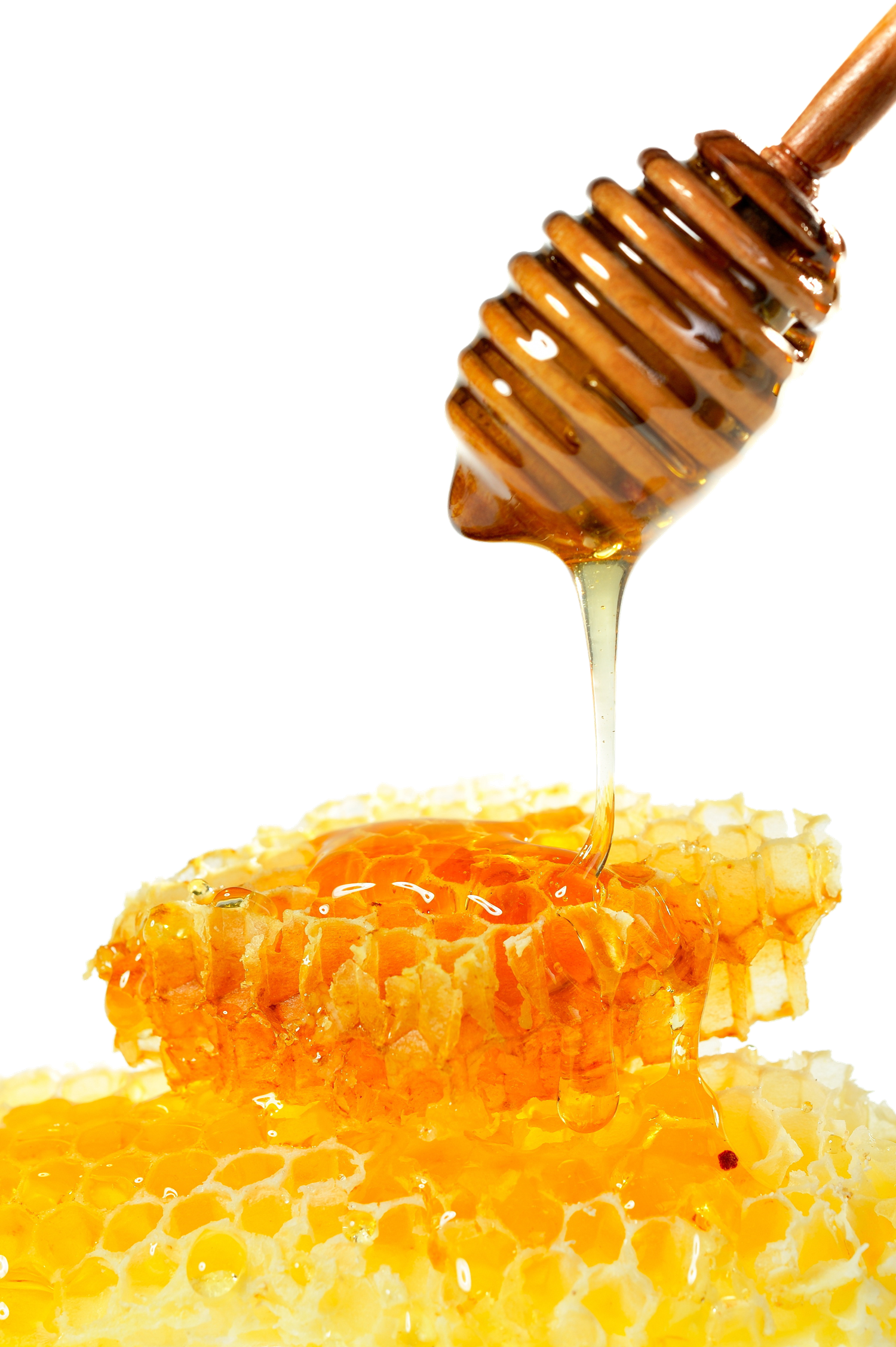
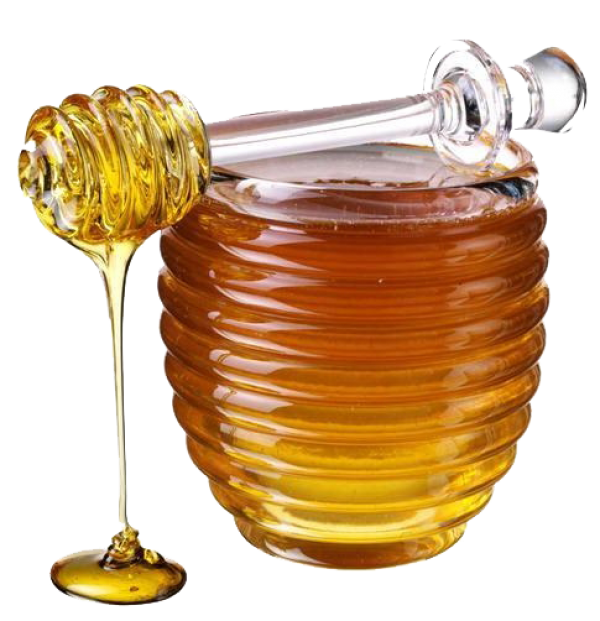
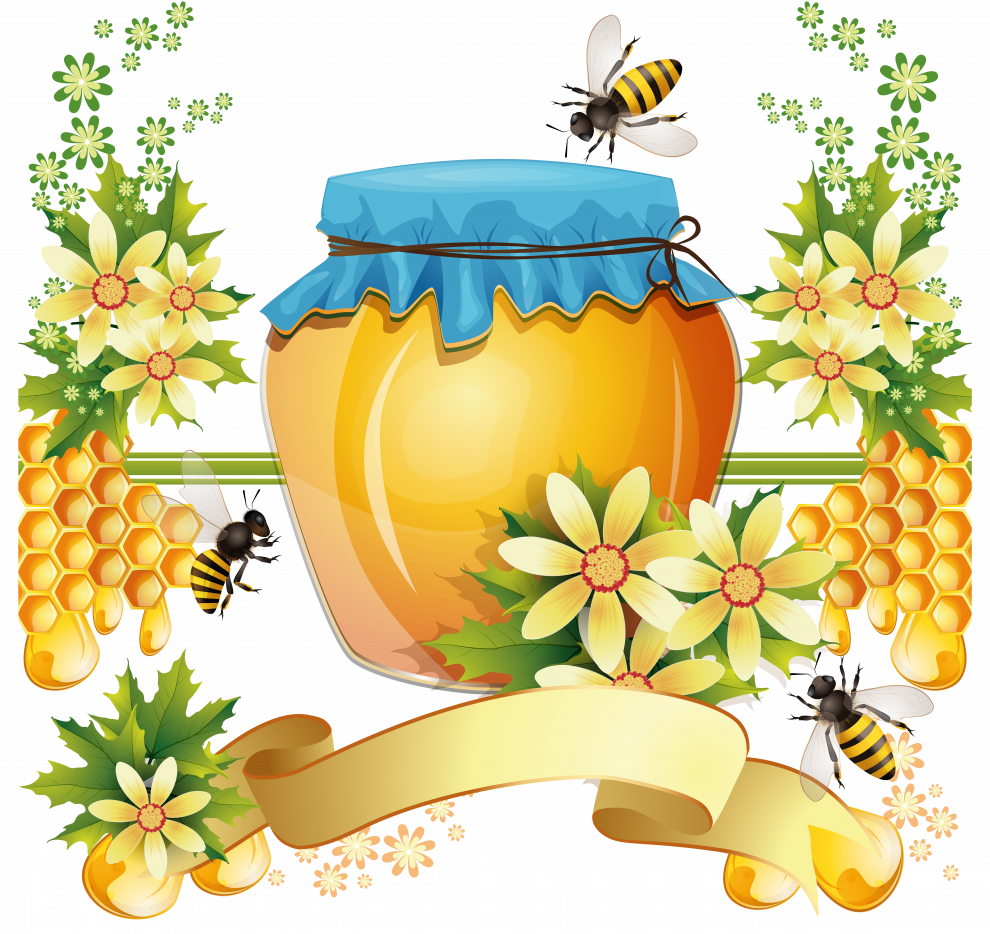
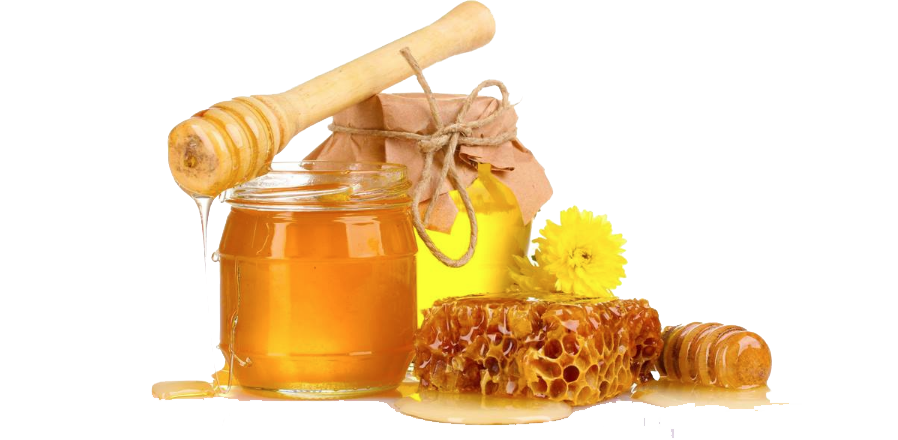
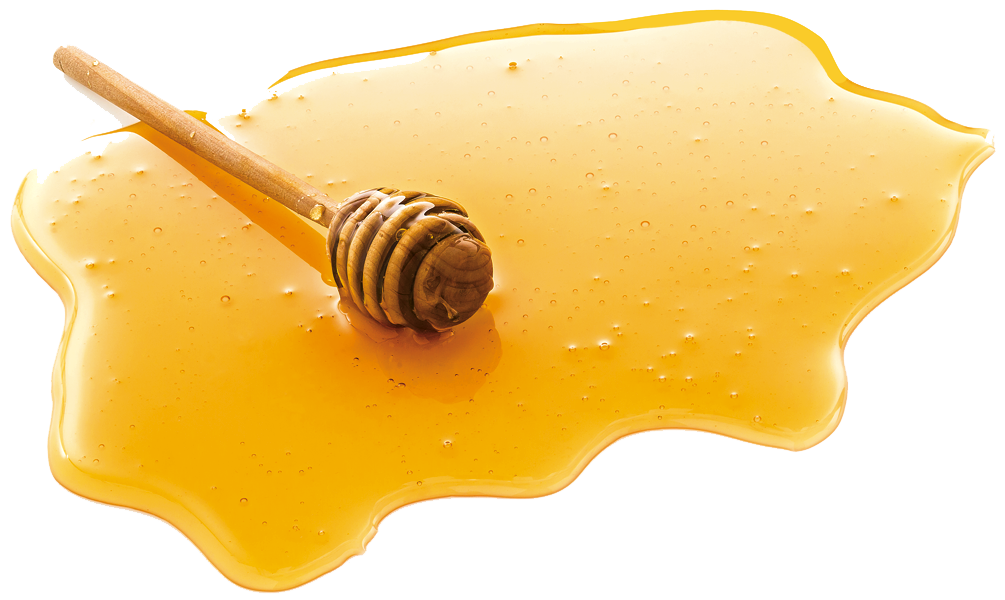
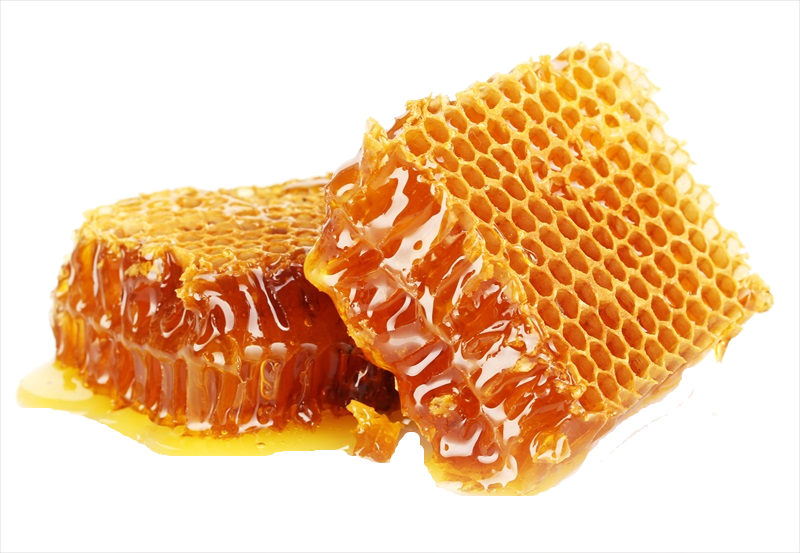
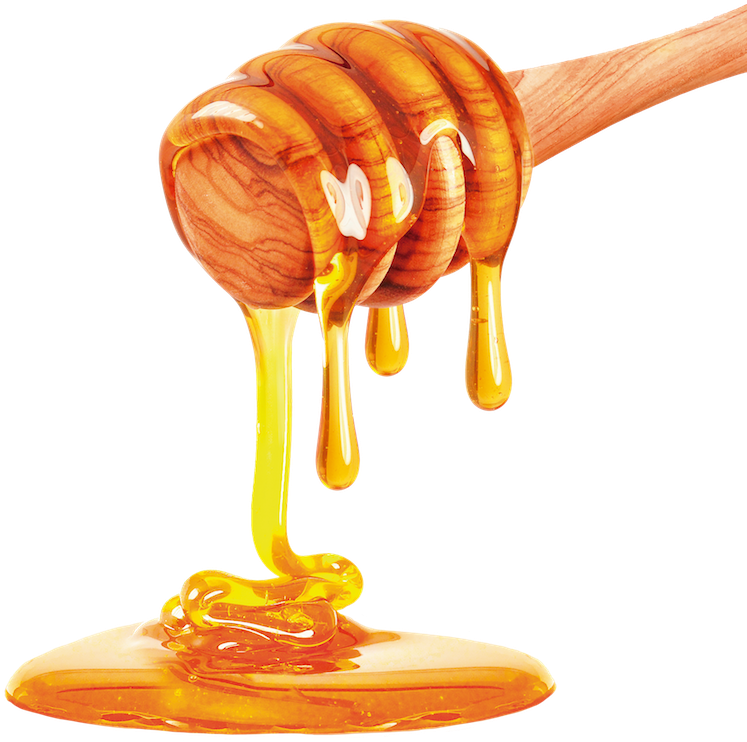
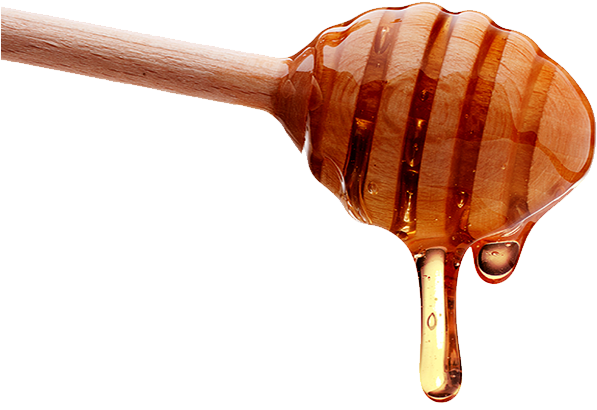
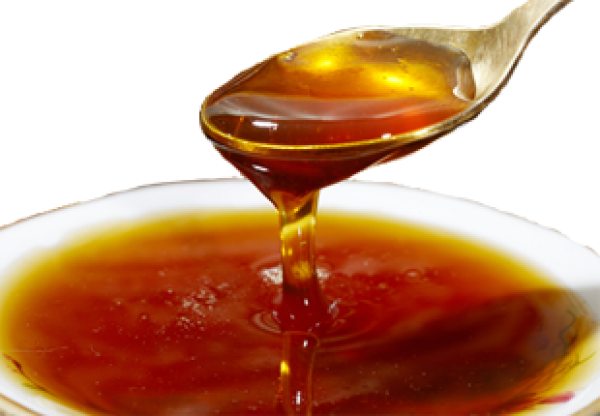
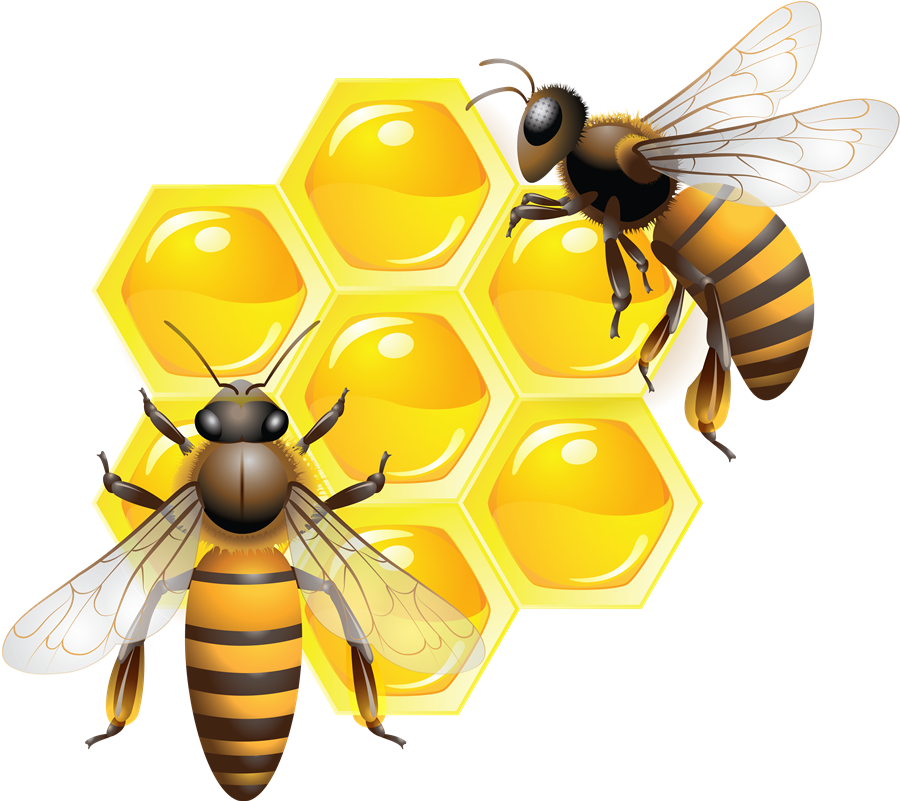
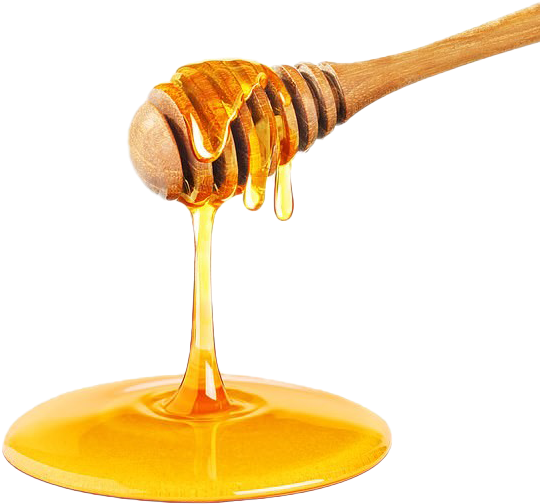
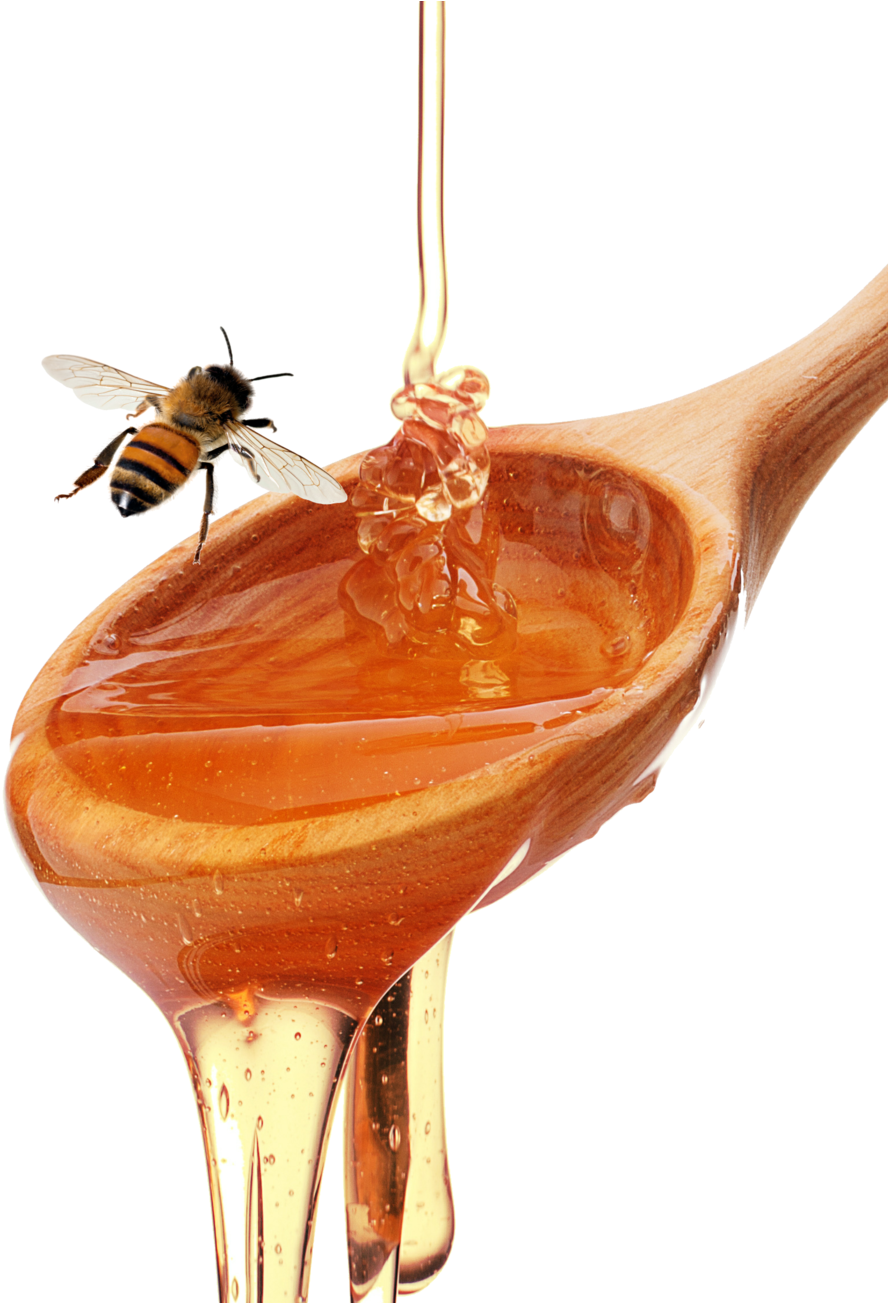
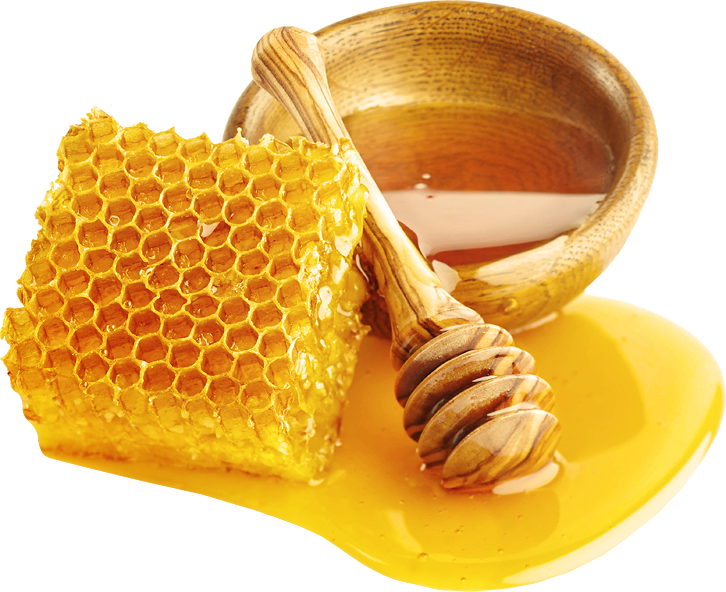
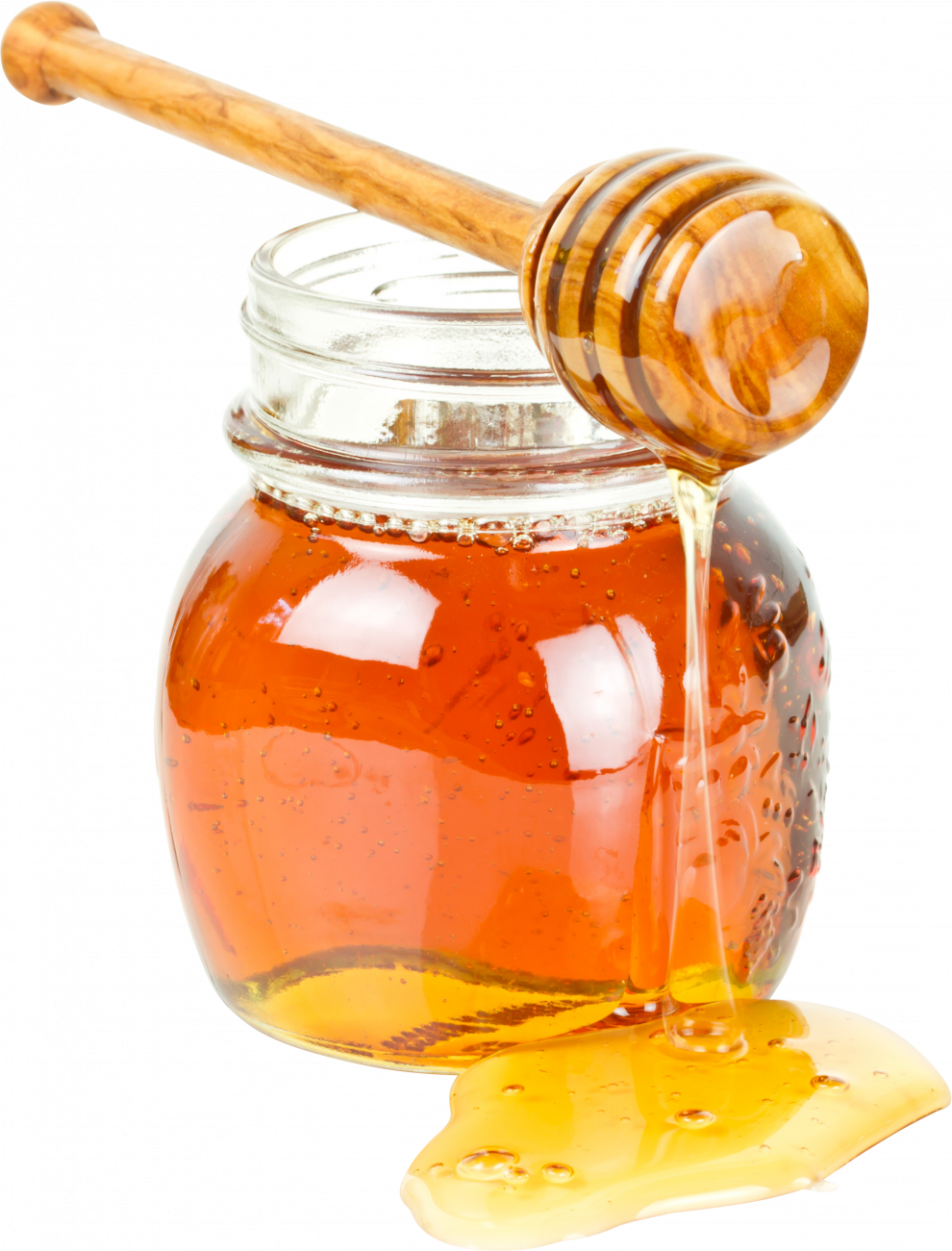
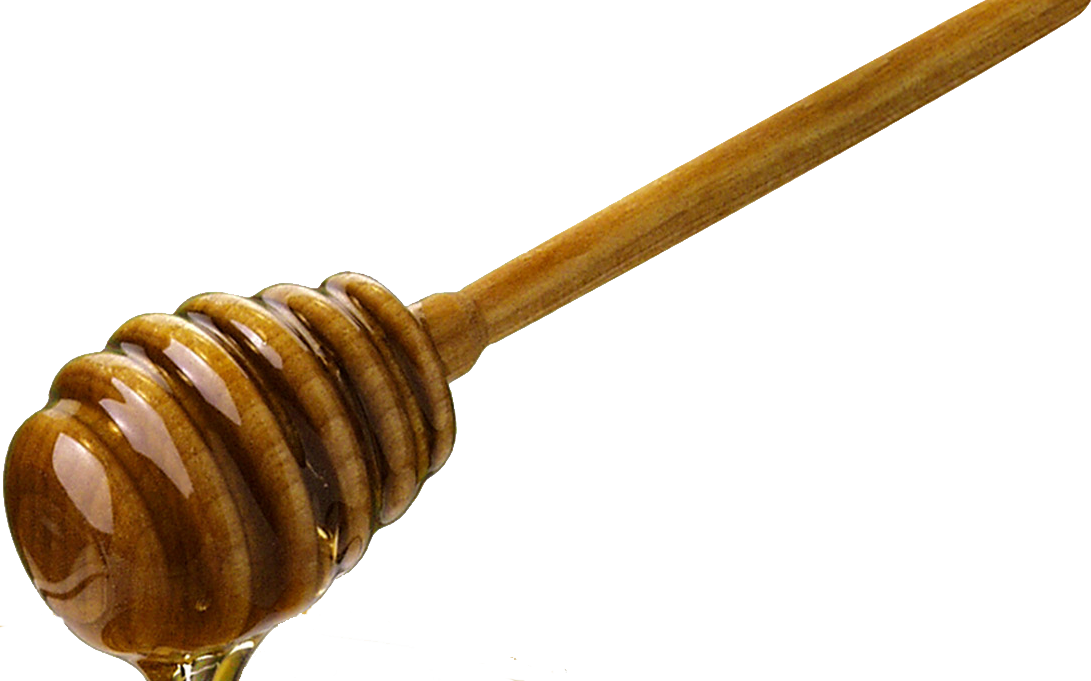
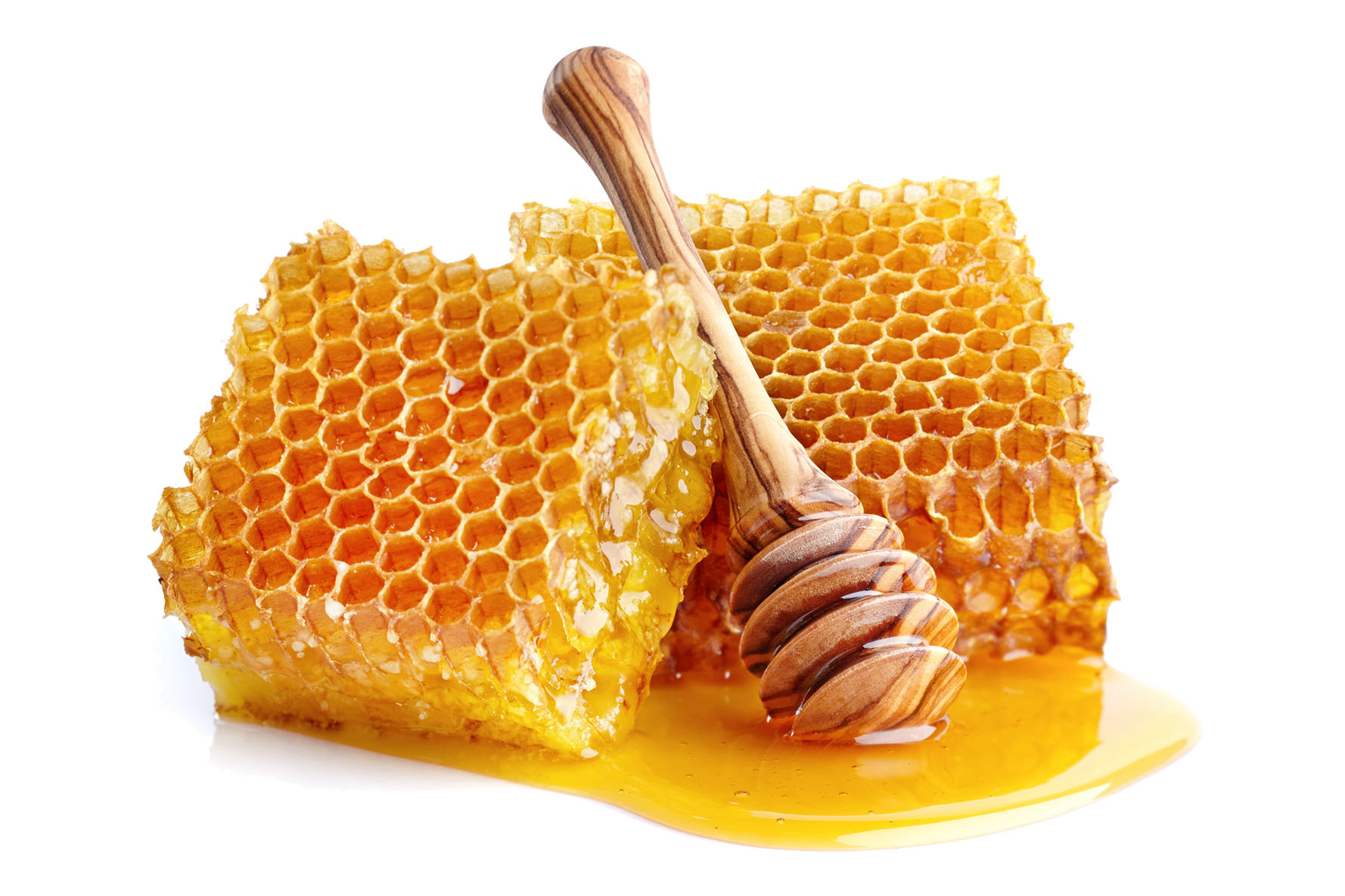
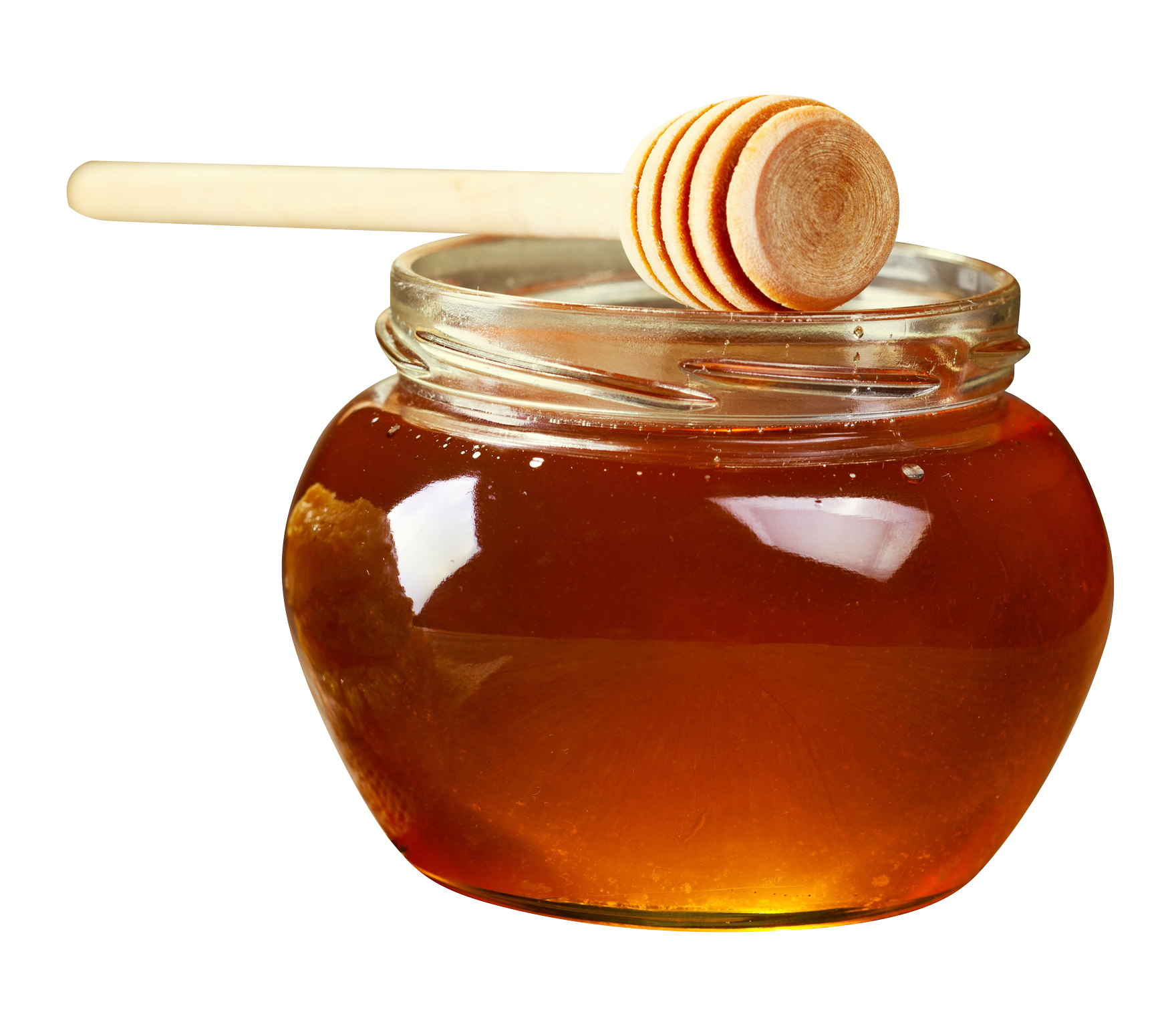
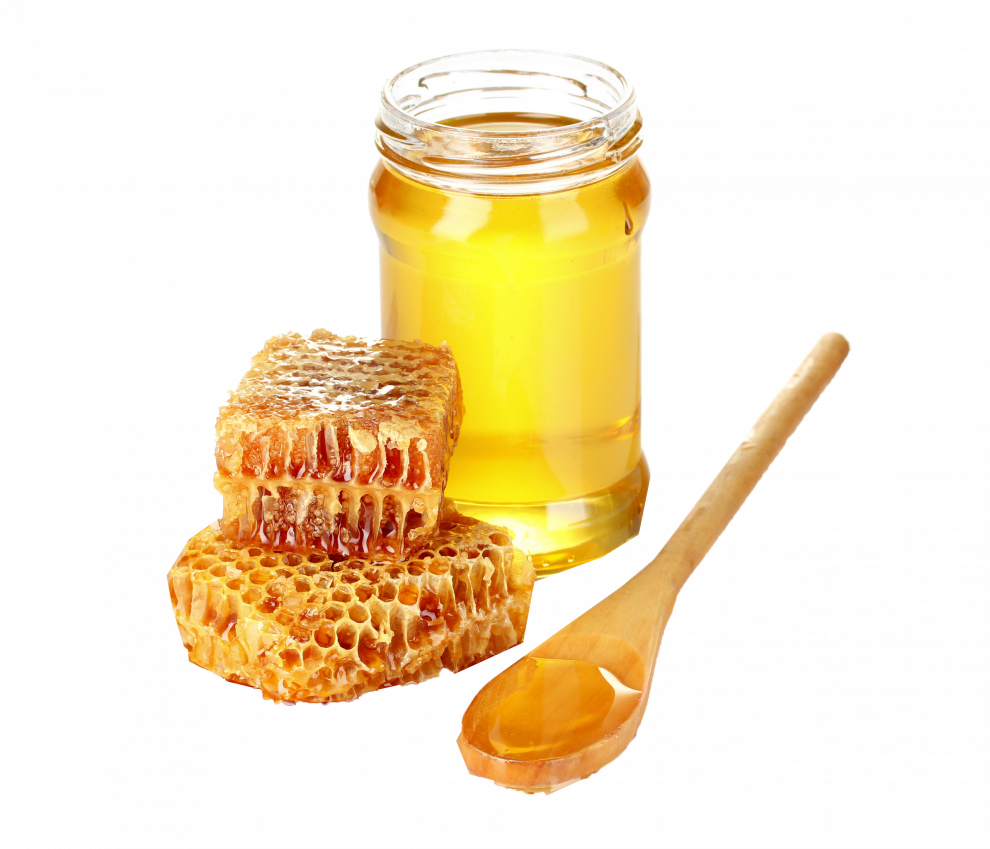
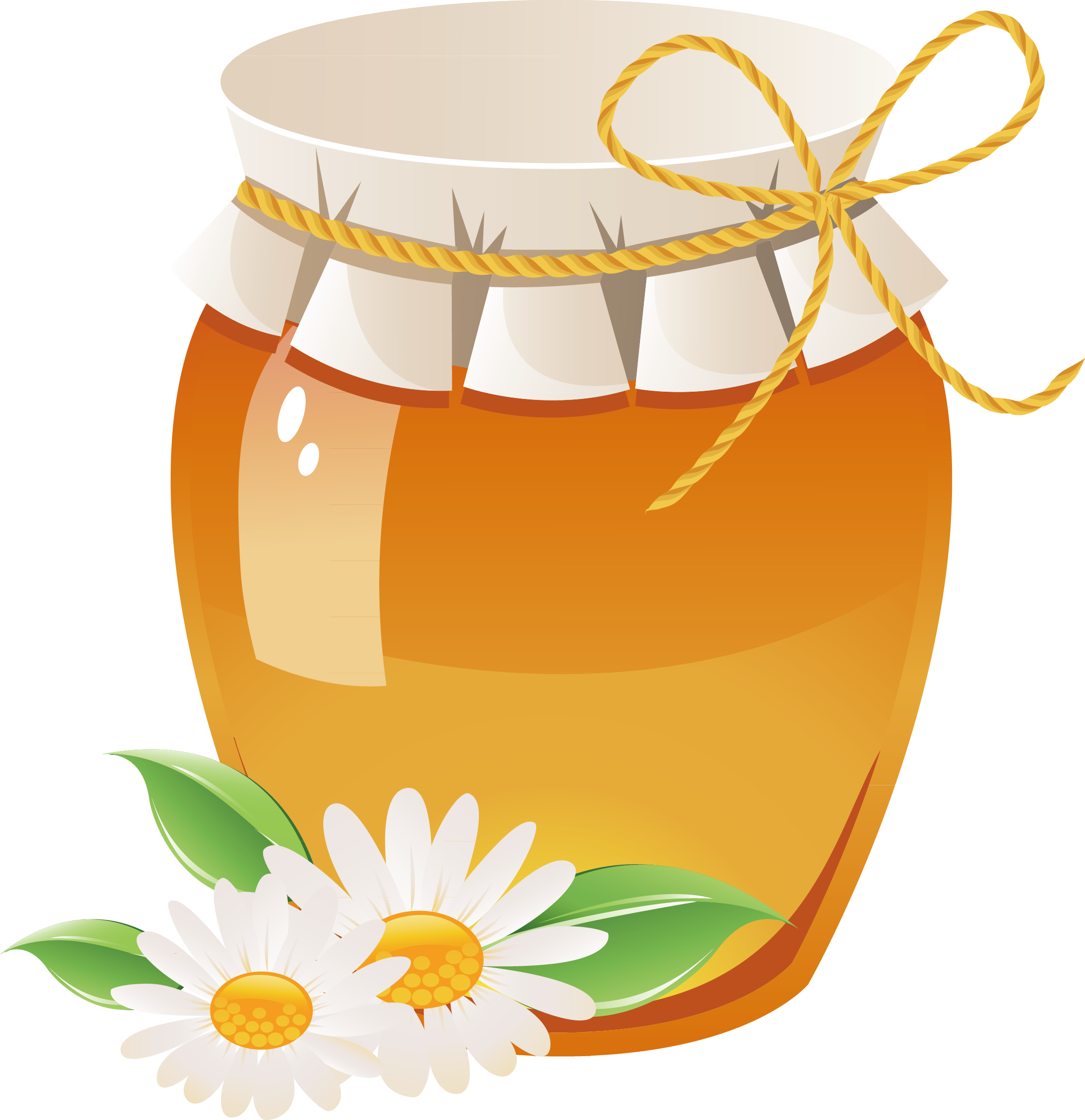
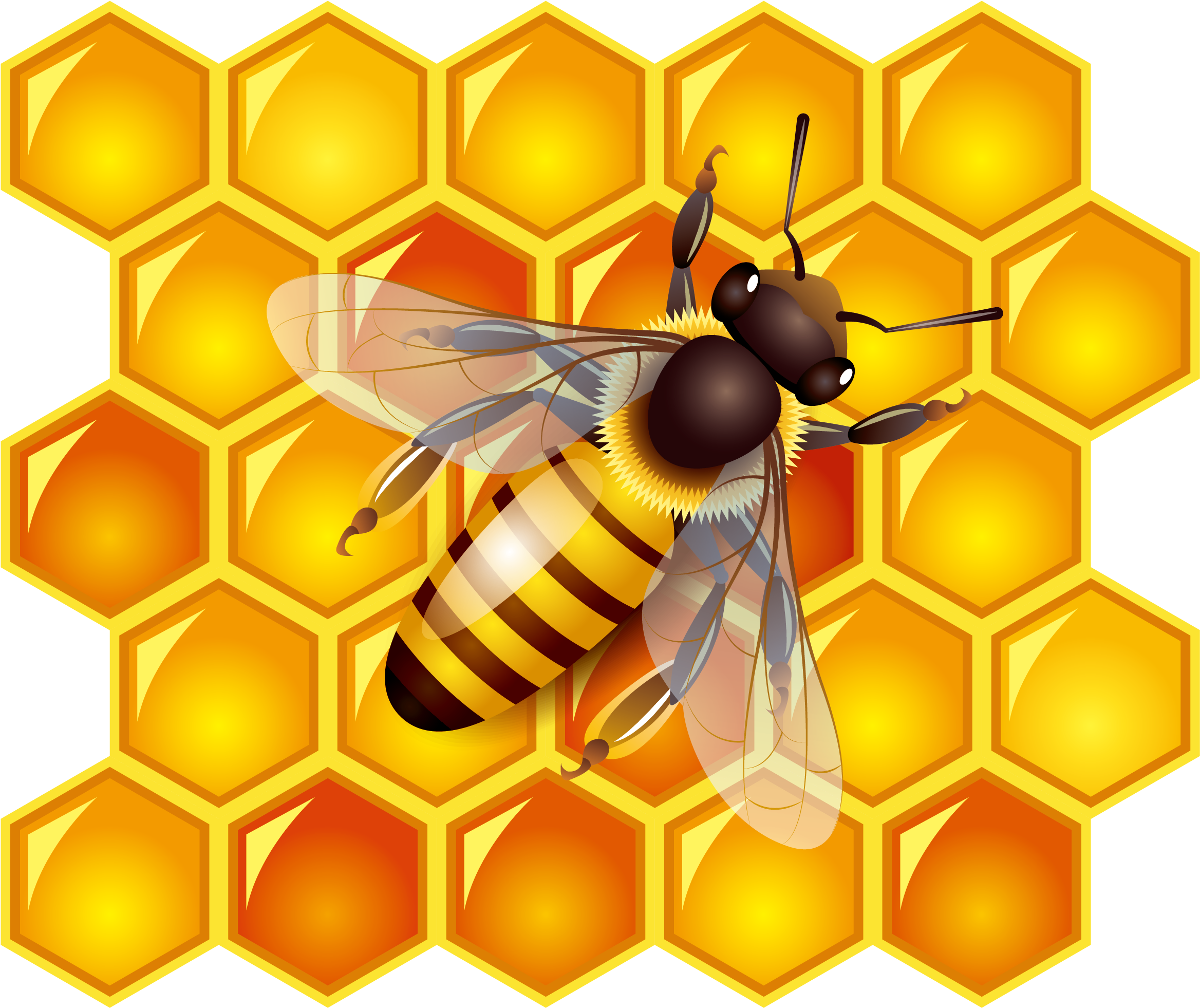
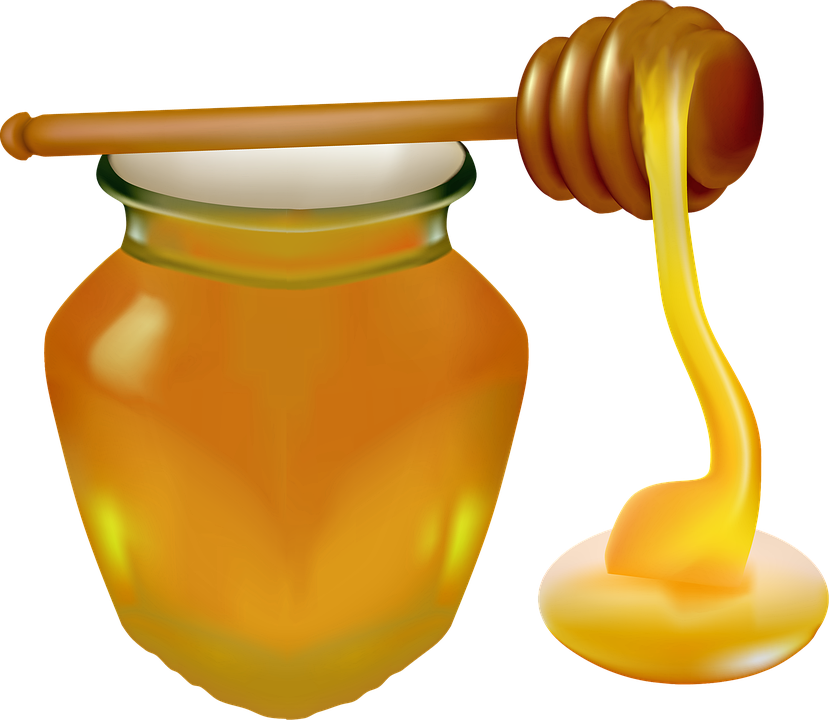
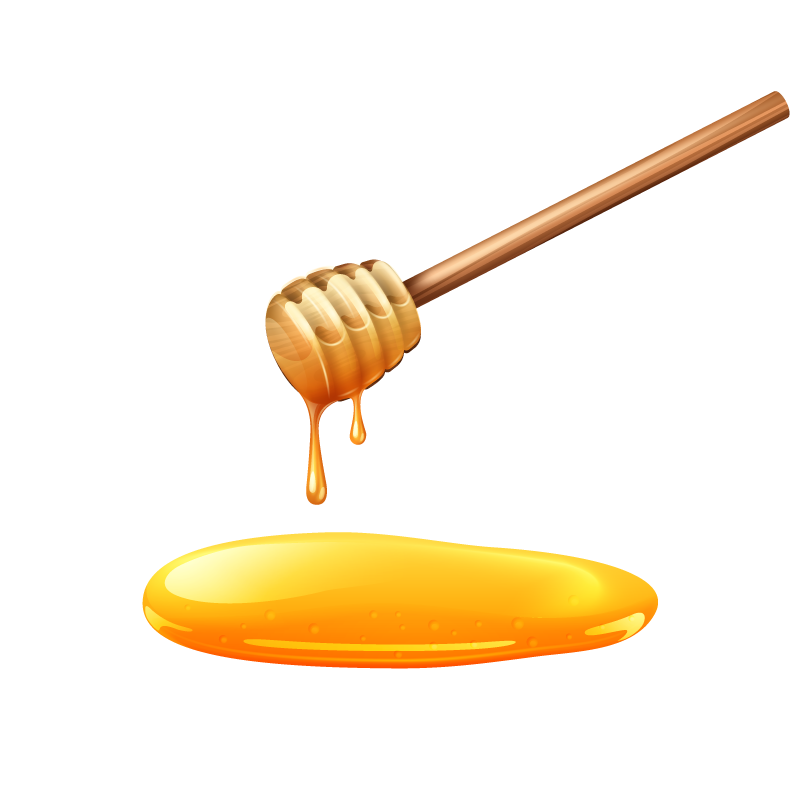
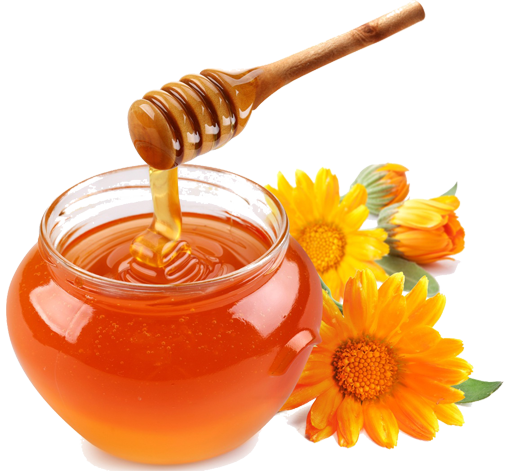
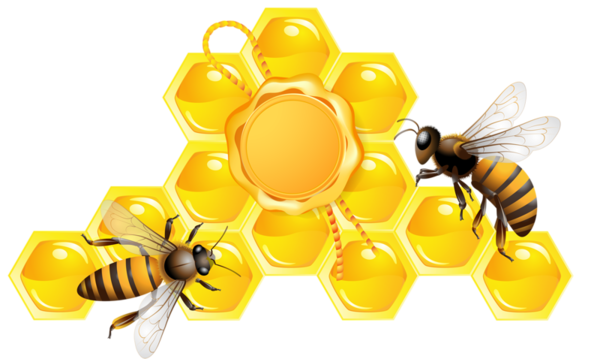
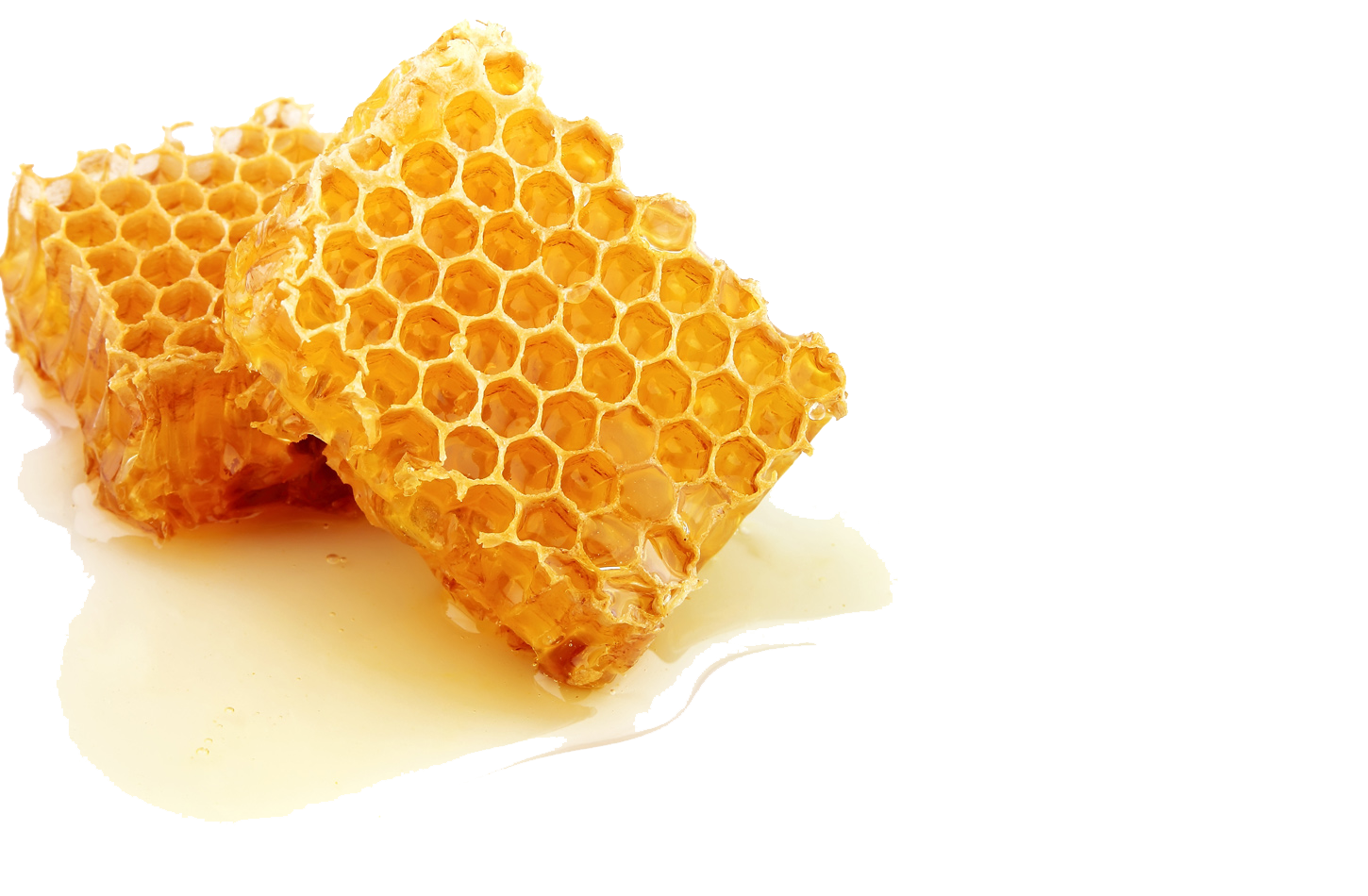
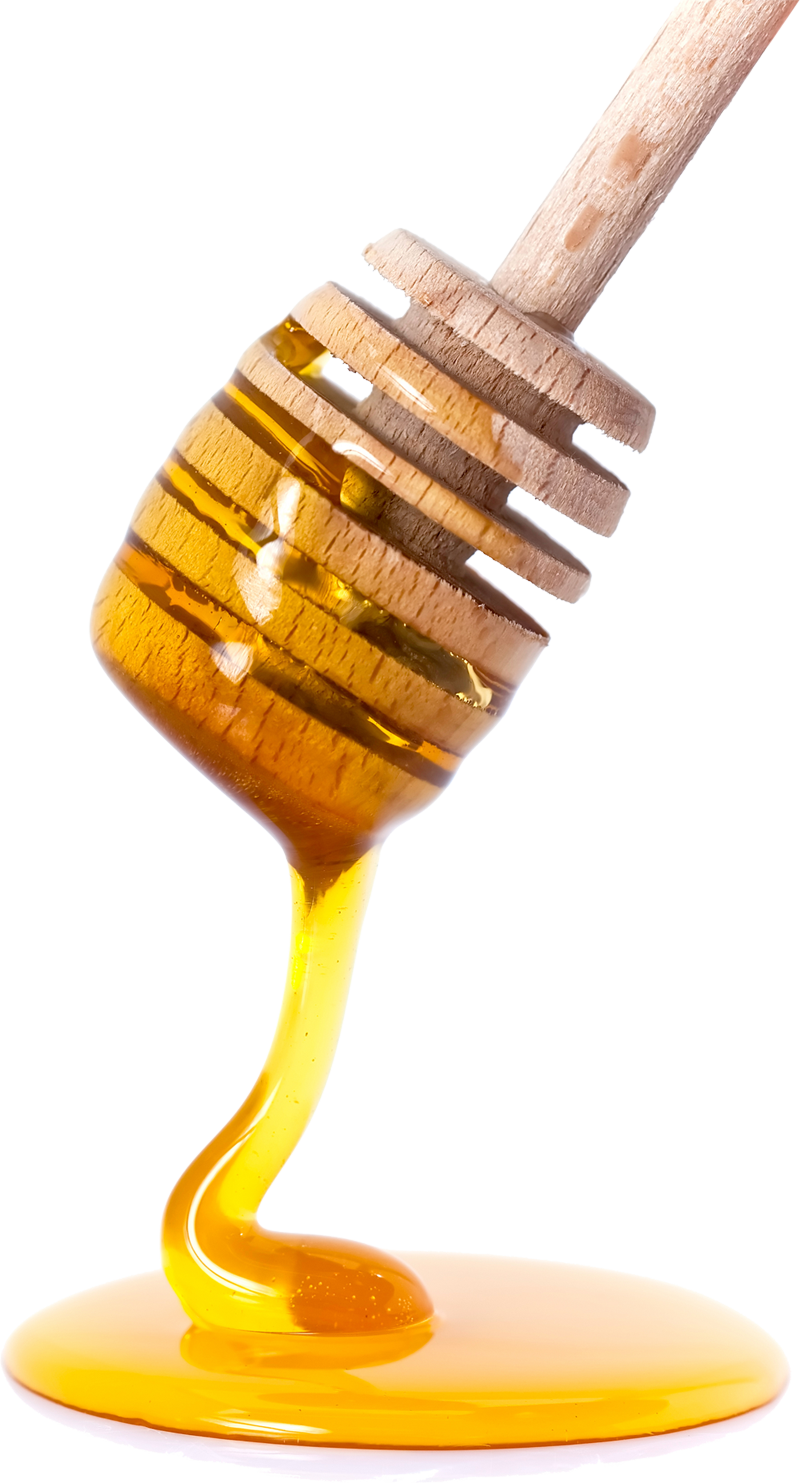
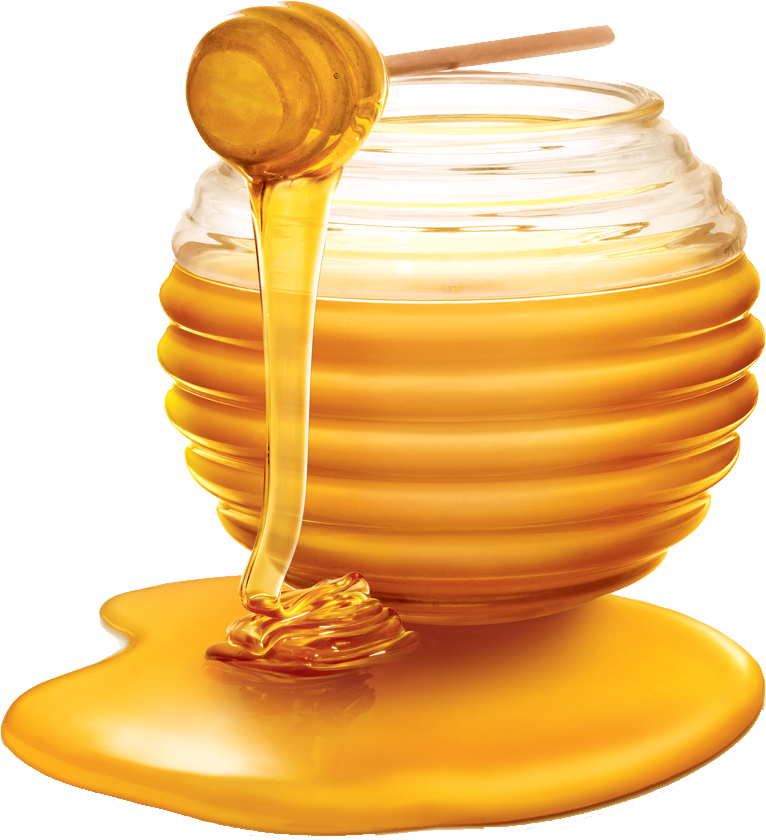
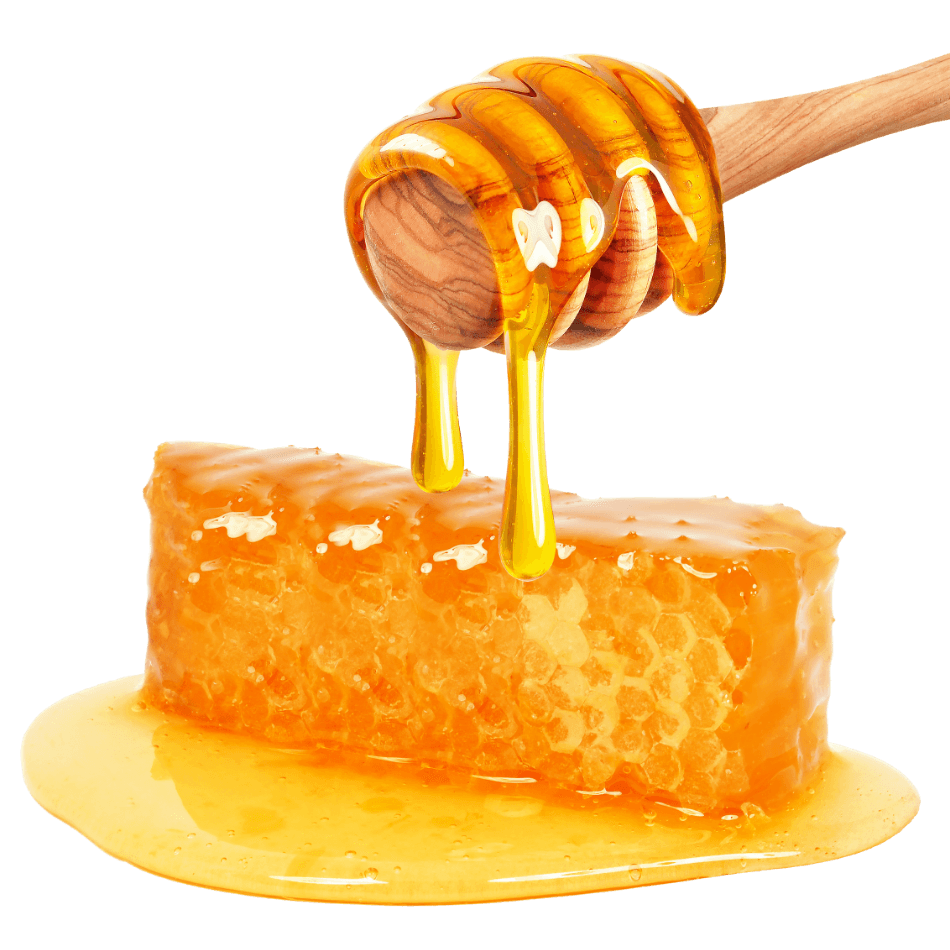
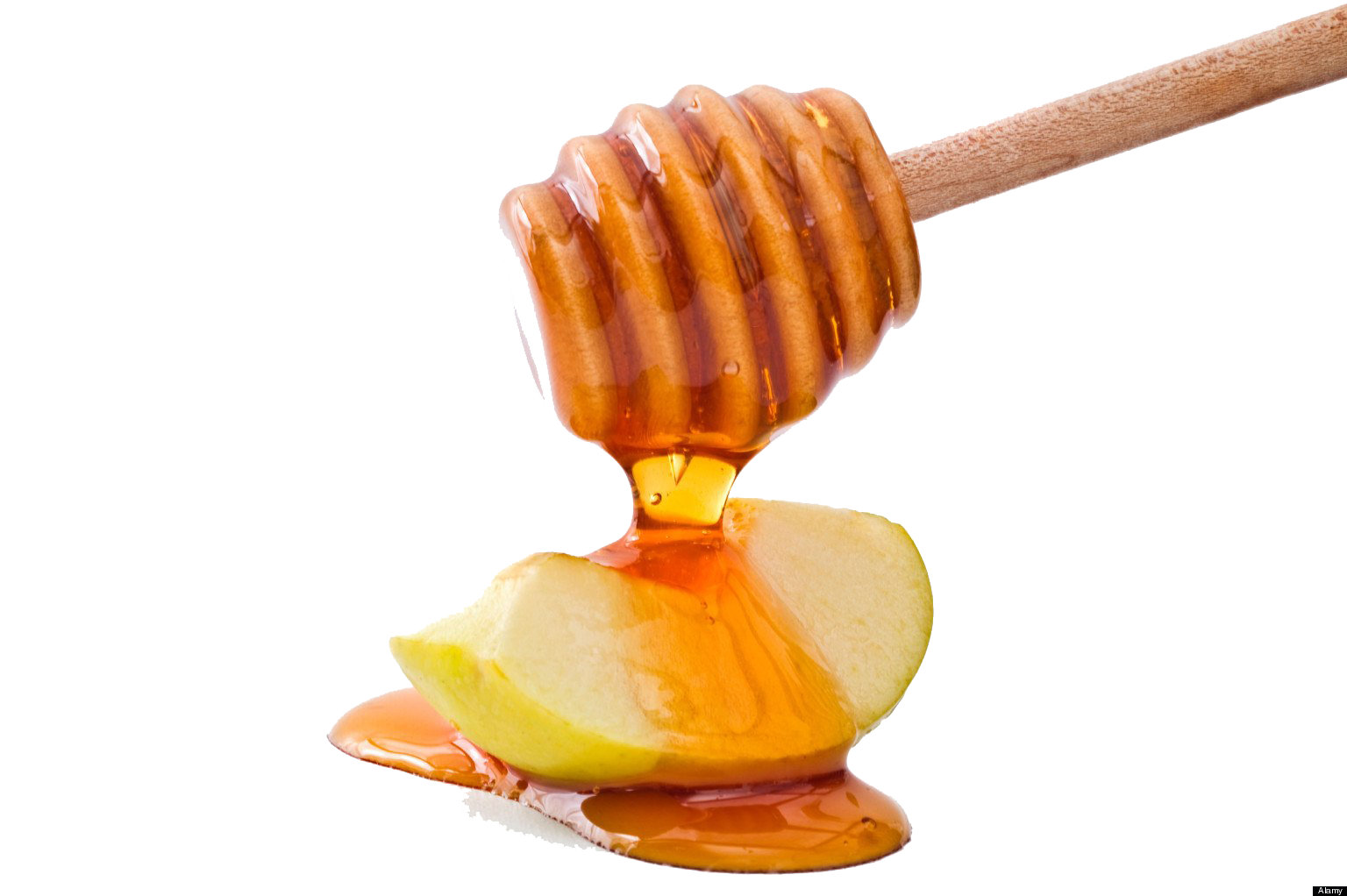
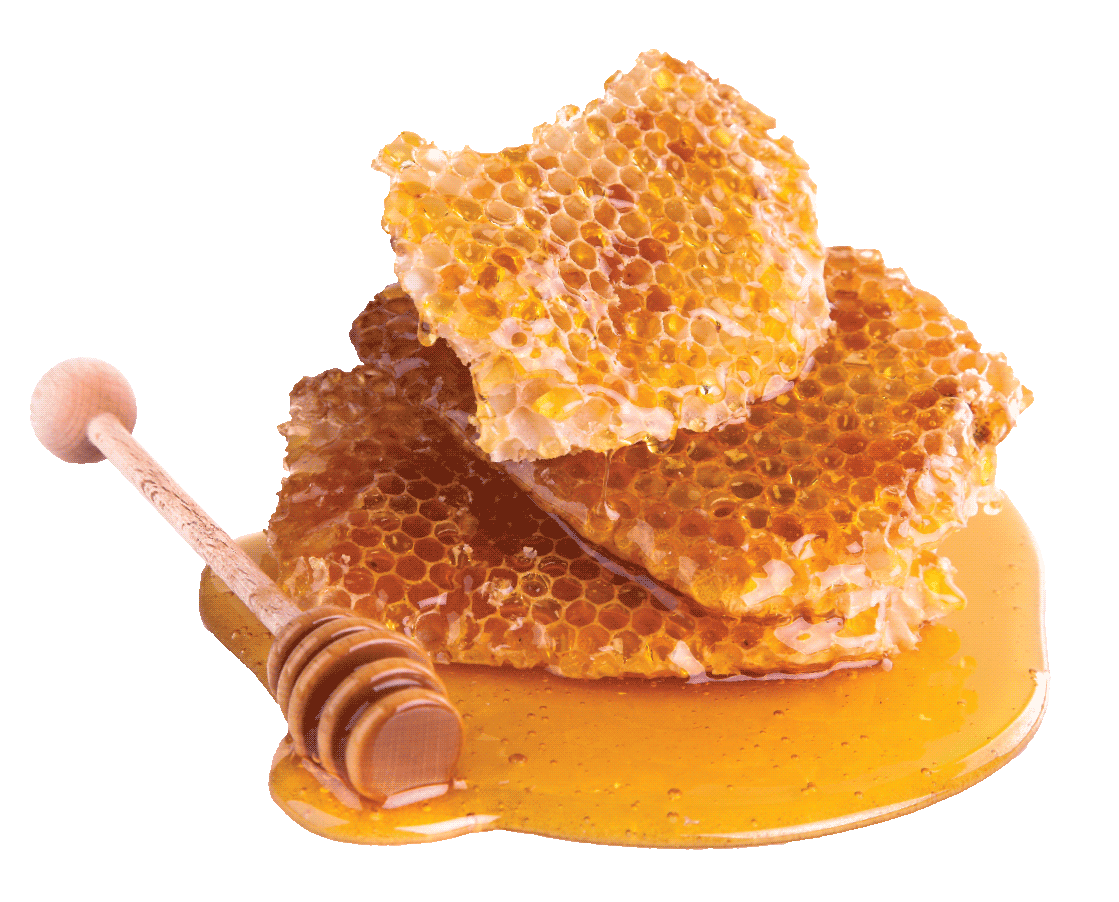
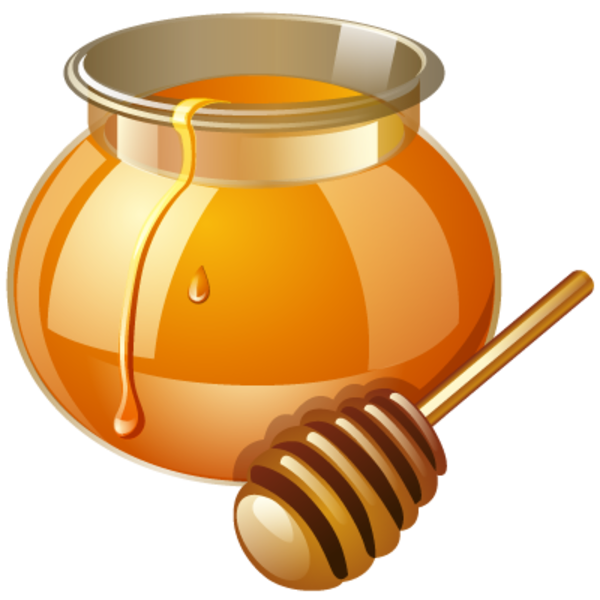
This Website is awesome